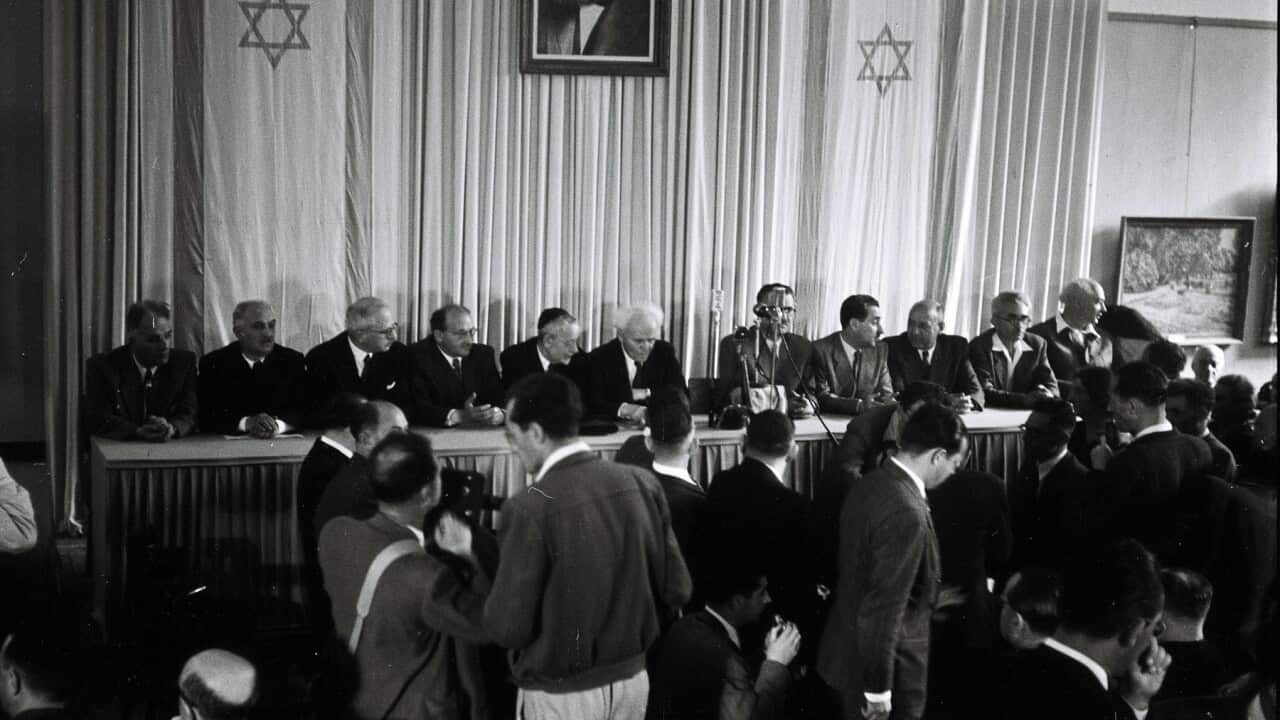TRANSCRIPT
In most places in Croatia, Easter eggs are a symbol of new life, so they're painted in reds, blues, and golds.
But here in the northern Croatian county of Medimurje, it’s very different.
They’re dyed black.
Cakovec's Museum of Intangible Heritage in Čakovec curator Ines Virc says wax is applied with a handmade copper tool, the egg is dyed black, then the wax is removed to reveal the pattern.
“It is special not only because of its colour but also due to the intricate technique used in its creation and tradition."
It’s a unique tradition that was added to Croatia’s Register of Cultural Goods in 2023.
The craft dates back to the 1800s and uses the batik technique.
But this Easter tradition is at risk of disappearing, and only one family still makes them: the Vuceniks.
Biserka Vucenik is the matriarch of the family.
“I've always been interested in this tradition. I was especially fond of the black Easter egg – with its black background and flowers in red, pink, and purple – it really stood out. It was something special, truly special. Every Easter, I would get an egg from my godmother, and my mom would buy an even more beautiful one for her daughter than the one I received. Mine was, let’s say, second or third tier. As a child, I used to resent that and would say: “I’ll make one myself – and much better! Of course, that was just a childish reaction; I didn’t mean it seriously... but in the end, that’s exactly how it turned out – because today, I genuinely love making them.”
Biserka now leads workshops across Croatia.
It means young children, local women and tourists are all learning a skill that once filled every home in her village.
Ljudmila Suzdaljceva is a participant in a recent workshop.
"I had never done it before, but I like it. It's very interesting, but also quite difficult. You really have to practise."
Black Easter eggs once had deep meaning, too.
Pensioner Nada Simunic says they were once exchanged in friendship ceremonies.
"Easter eggs were always given as gifts. Best friends would come together and exchange Easter eggs. This tradition always took place on the Sunday after Easter. They would say, 'A sister, a bride is forever, a sister,' and that marked the beginning of a lifelong friendship.”
Today, Vucenik often works late into the night before Easter, making sure the tradition lives on.
She hopes future generations will keep it going.
"It's sad that it only lasts for Easter, and then it's forgotten. But I believe there are new generations now who appreciate the old-fashioned ways. Maybe they'll carry it on. Will it be widespread, with many makers? Who knows… God willing.”













